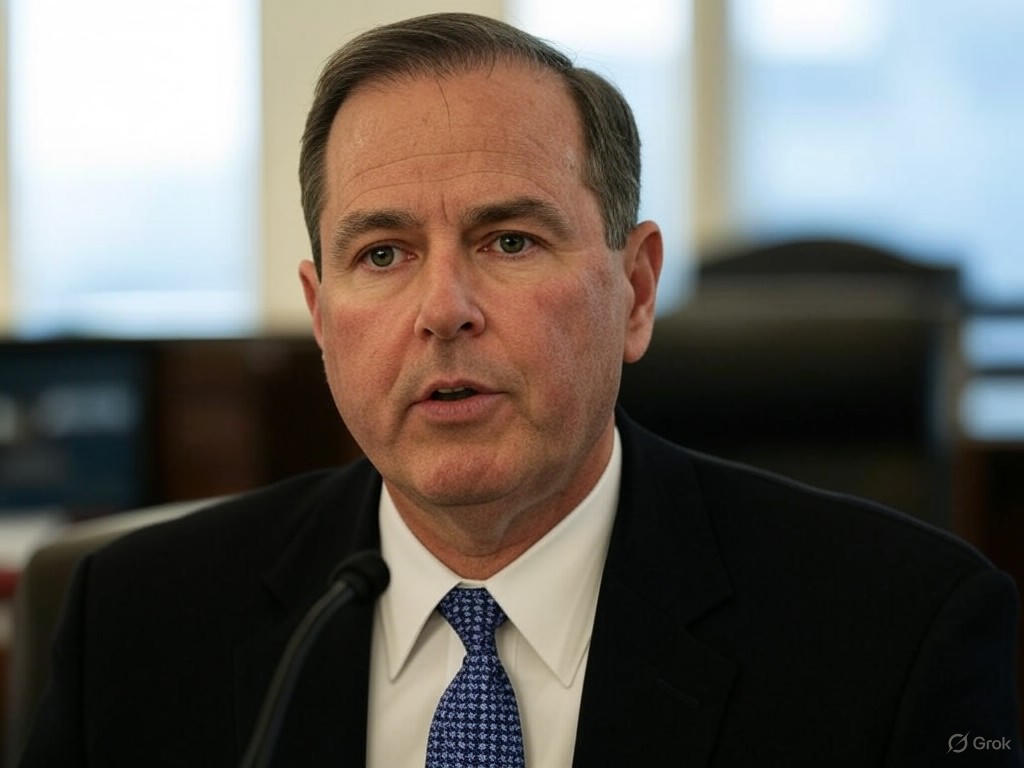Could the ‘Pennsylvania Plan’ Be the Answer to America’s Debt Crisis?
As the United States grapples with a ballooning national debt, whispers of a novel strategy are emerging from the financial world. Dubbed the ‘Pennsylvania Plan’ by a prominent strategist from Deutsche Bank, this innovative approach is stirring conversations in Washington and beyond. With the U.S. debt surpassing staggering levels, policymakers and economists are desperate for solutions that balance fiscal responsibility with economic growth. The plan, still in its conceptual stage, is gaining traction as a potential lifeline to manage the nation’s fiscal challenges without triggering economic turmoil.
The core idea behind the Pennsylvania Plan is to create a structured framework for debt management that prioritizes long-term stability over short-term fixes. Unlike traditional methods that often rely on drastic spending cuts or tax hikes, this strategy proposes a hybrid model. It involves targeted investments in infrastructure and technology to stimulate economic growth while implementing gradual debt reduction mechanisms. The strategist behind the idea argues that by focusing on high-return projects—such as renewable energy grids and smart transportation systems—the government can generate revenue streams to offset borrowing costs. Simultaneously, the plan advocates for a bipartisan committee to oversee debt repayment schedules, ensuring accountability and transparency in how funds are allocated.
What sets this proposal apart is its emphasis on regional collaboration. Inspired by historical economic recovery efforts in states like Pennsylvania, the plan suggests that federal and state governments work together to identify local projects with national impact. For instance, revitalizing industrial hubs or modernizing agricultural systems could create jobs and boost productivity, thereby increasing tax revenues without imposing heavy burdens on citizens. Critics, however, caution that such a decentralized approach might lead to inefficiencies or favoritism in project selection. They also question whether Congress, often mired in partisan gridlock, can agree on the specifics of such an ambitious framework.
Supporters of the Pennsylvania Plan argue that its flexibility is its greatest strength. By avoiding a one-size-fits-all solution, it allows for tailored responses to the unique economic needs of different regions. Moreover, the plan’s focus on sustainable growth aligns with global trends toward green economies, potentially positioning the U.S. as a leader in innovative fiscal policy. Financial markets have already taken note, with analysts suggesting that a credible debt management strategy could bolster investor confidence and stabilize interest rates.
As discussions around the Pennsylvania Plan continue, the road ahead remains uncertain. Will Washington embrace this unconventional blueprint, or will it be shelved amid political disagreements? For now, the proposal serves as a reminder that creative thinking is essential in tackling America’s debt crisis. If implemented with care, this strategy could mark a turning point, proving that economic challenges, no matter how daunting, can be met with ingenuity and collaboration. The nation watches closely as policymakers weigh the risks and rewards of this bold new vision for fiscal health.


